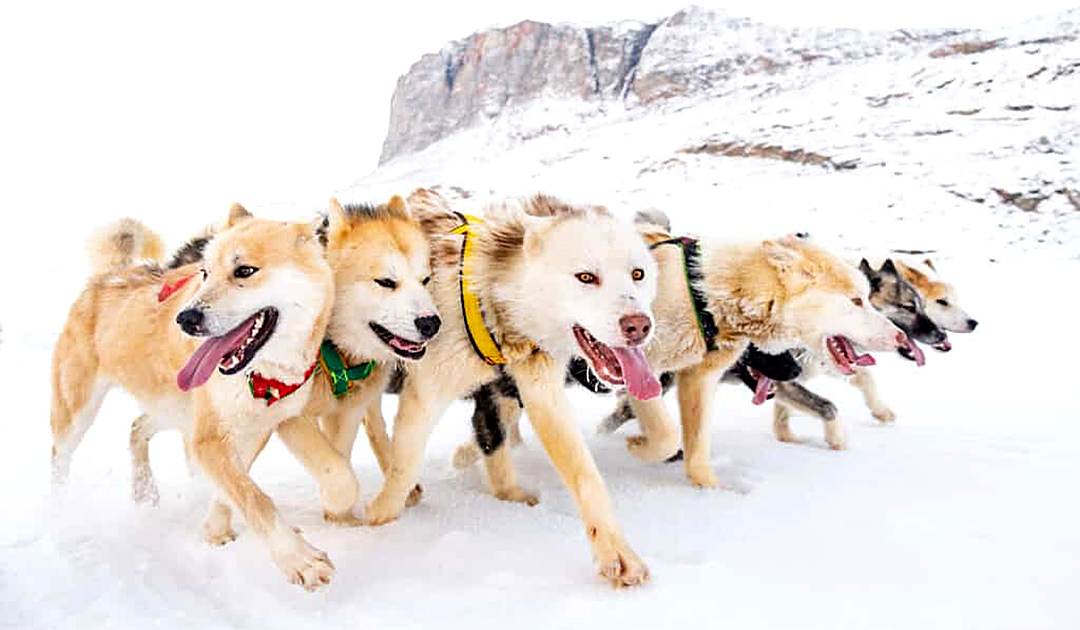
Sled dogs have bitten to death a six-year-old boy in the West Greenlandic town of Aasiaat. The dogs had been chained at the city’s ski club, police said Monday night. A friend of the same age who had witnessed the accident told the police that the boy had gotten too close to the animals. As a result, the dogs had attacked him. Crisis workers are reportedly taking care of the witness and the dead boy’s next of kin.

After the incident, four sled dogs were euthanized. Back in March 2022, a tragic incident involving a sled dog occurred in England when it killed a 3-month-old baby in front of the family. After the dog attack, emergency personnel tried to save the girl’s life. But the injuries to the head and neck had been too severe.
In Nunavut, health authorities also reported an increase in the number of dog attacks, although here this increase is more likely related to the authorities’ warning about the rabies virus. As a result, residents are likely to report dog bites more frequently than in the past.

How dangerous are sled dogs?
Sled dogs are considered to be more or less peaceful animals as long as they are well socialized and kept in a species-appropriate manner. But training them still is difficult. It is unclear whether the sled dogs in the tragic case were not kept properly.
In the Arctic, different breeds are used as sled dogs, all of which also have different characteristics. In Greenland, mainly larger, strong dogs with a great endurance have prevailed, which are generally called “Greenland dog”. “Siberian Huskies” are another breed and are usually the smallest but fastest sled dogs. They are not to be confused with the “Alaskan Huskies”, which are descended from the former and are one of the most common sled dogs today. The “Alaskan Malamute” is also a well-known breed and is considered to be the largest and strongest sled dogs.

Sled dogs have become vital working partners and family members of the population in the Arctic. They are said to have intelligence and good controllability, making them a good companion and willing working dog. In many Arctic regions, the animals are also used as “alarms” against polar bears during the trips, as they often scent them early. But sled dogs are not guard dogs and they rarely show suspicion towards strangers or other dogs, depending on their breed and character. In Greenland, sled dogs are often cared for by children when they are puppies, but are later separated from them, as the animals are usually considered to be working animals, not pets. The dogs are also often not kept at home, but in stations, where they are usually leashed and waiting for assignments. In many cases, especially in the more rural areas, the animals are also often kept in conditions that are described by the authorities as “deficient”. This, it is stated, increases the risk of attacks by neglected dogs. What the factual situation is in the case of the attack in Aasiaat is not known.
Heiner Kubny, PolarJournal
More on the topic





